4,000-year-old rock art in Venezuela may be from a 'previously unknown' culture
Archaeologists in Venezuela have discovered 20 previously unknown rock art sites that are thousands of years old.
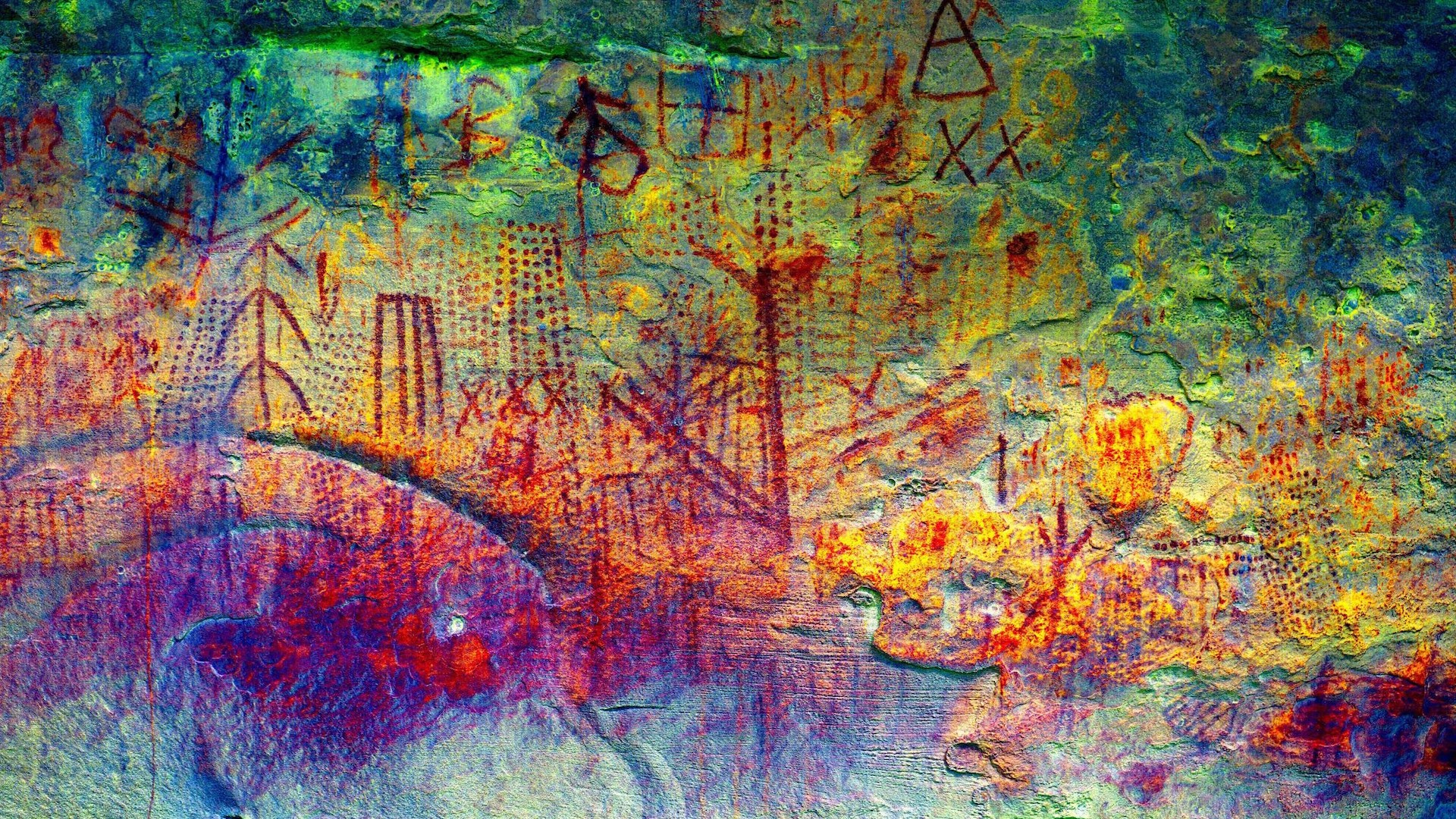
An archeological team in Venezuela has discovered 20 rock art sites that date back thousands of years in Canaima National Park, in the southeastern part of the country.
While archaeologists have found similar rock art designs elsewhere in South America, the newfound art "represents a new culture previously unknown," José Miguel Pérez-Gómez, an archaeologist and researcher at Simón Bolívar University in Caracas who is leading the team, told Live Science in an email.
Some of these designs, which researchers call "pictograms," were drawn in red and depict geometric motifs such as lines of dots, rows of X's, star-shaped patterns and straight lines that connect together to form a variety of designs. There are also simple depictions of leaves and stick figure drawings of people. Additionally, some of the images, called petroglyphs, were incised into the rock and also show a variety of geometric motifs.
It's unclear why people created this art. "It is almost impossible to get into the minds of people living so many [thousands of] years ago" Pérez-Gómez said, but "definitely these signs had a ritual meaning." For instance, the different depictions may be related to birth, diseases, the renewal of nature or good hunting. The places where the rock art was created "most probably had a meaning and an importance within the landscape, just as the churches have a meaning for people today," Pérez-Gómez added.
Related: Sprawling 8-mile-long 'canvas' of ice age beasts discovered hidden in Amazon rainforest
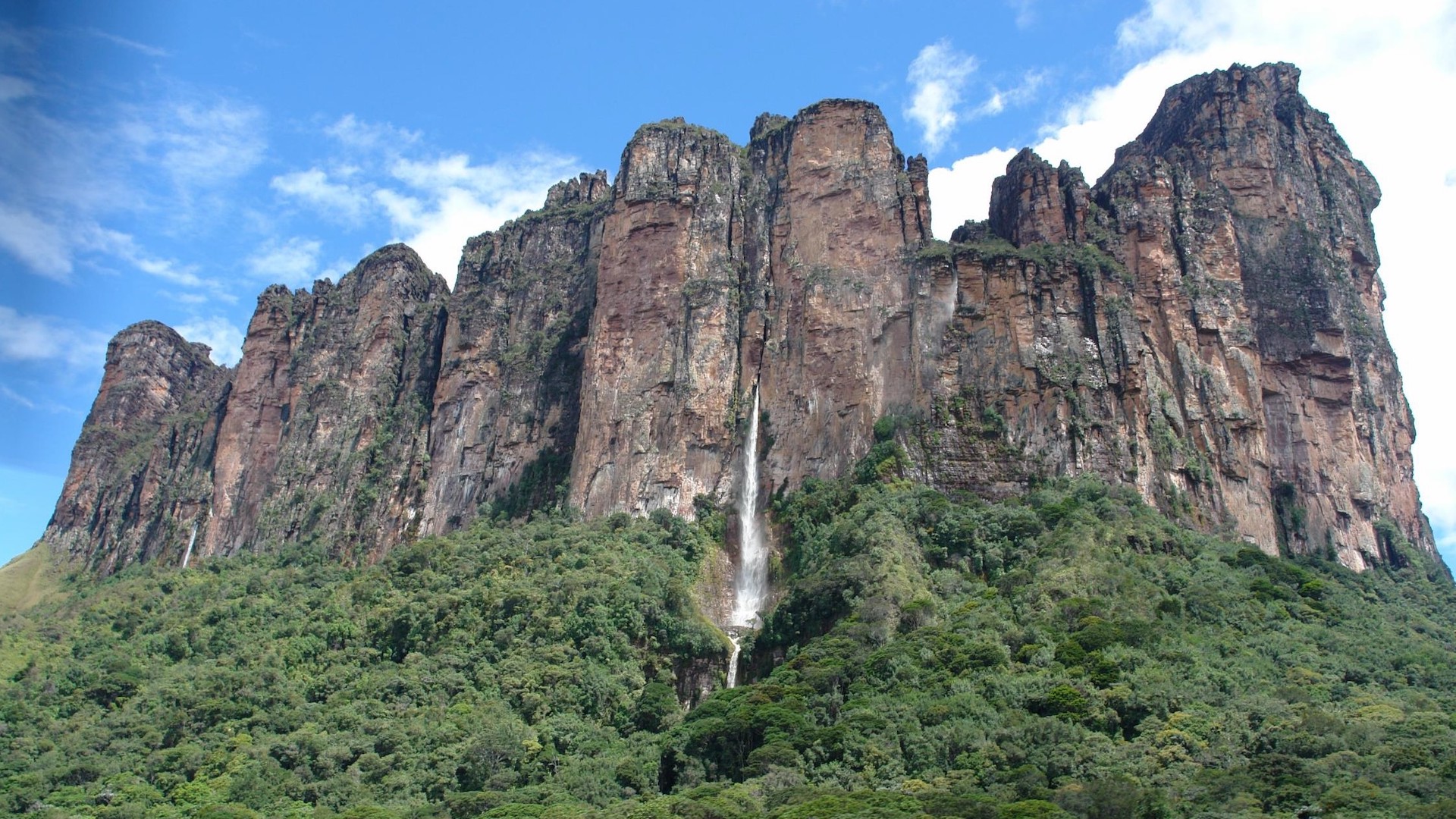
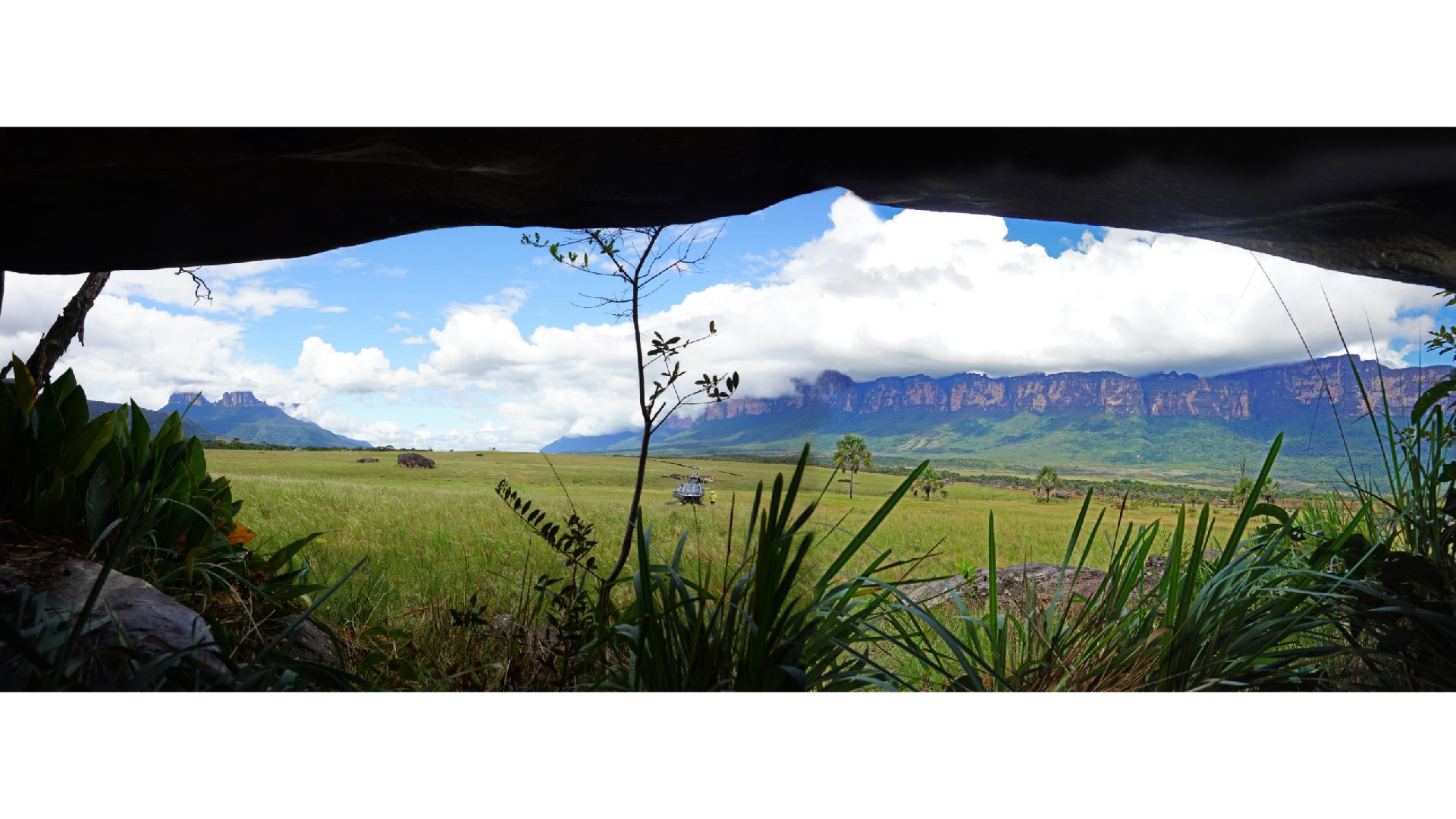
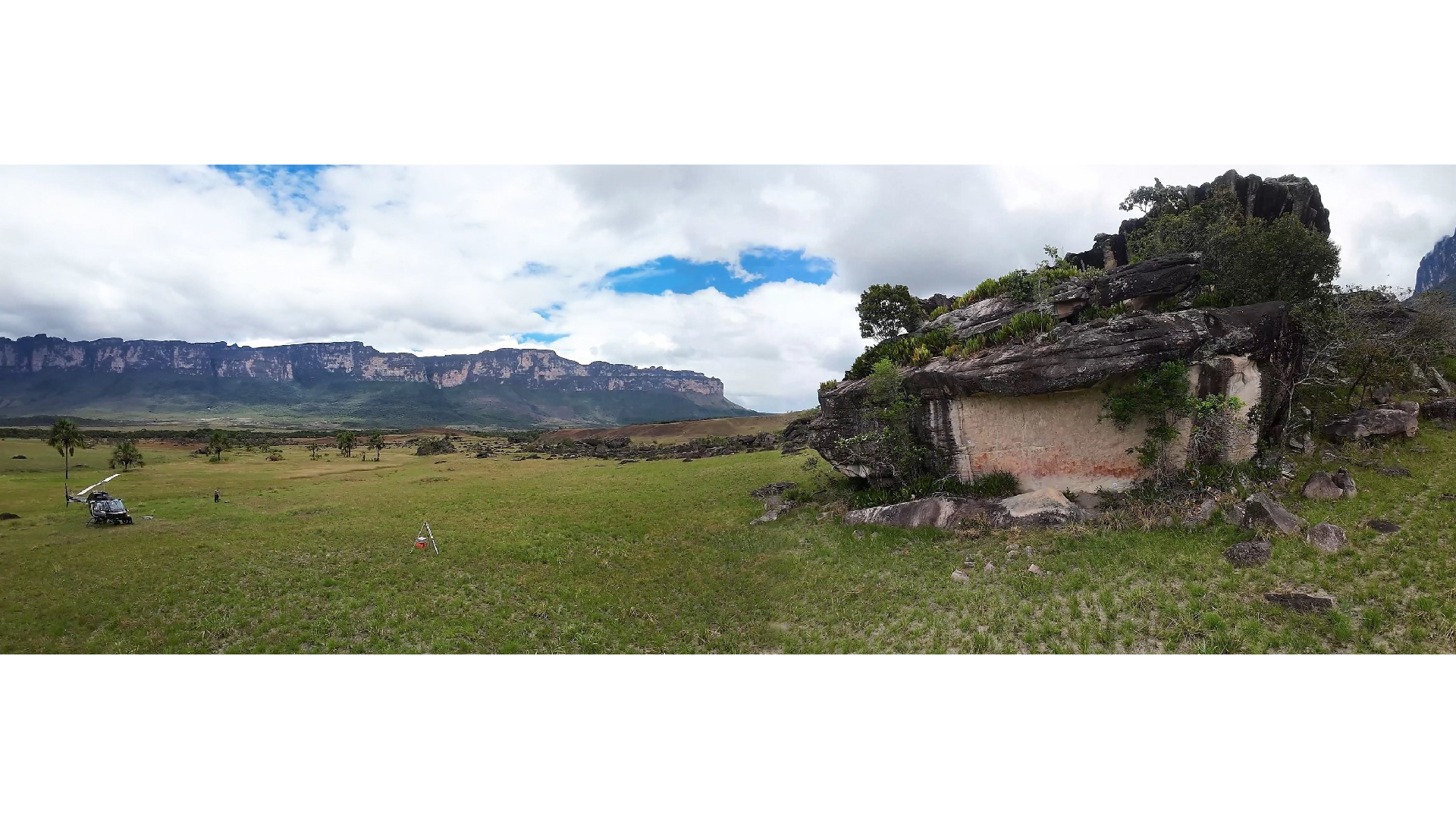
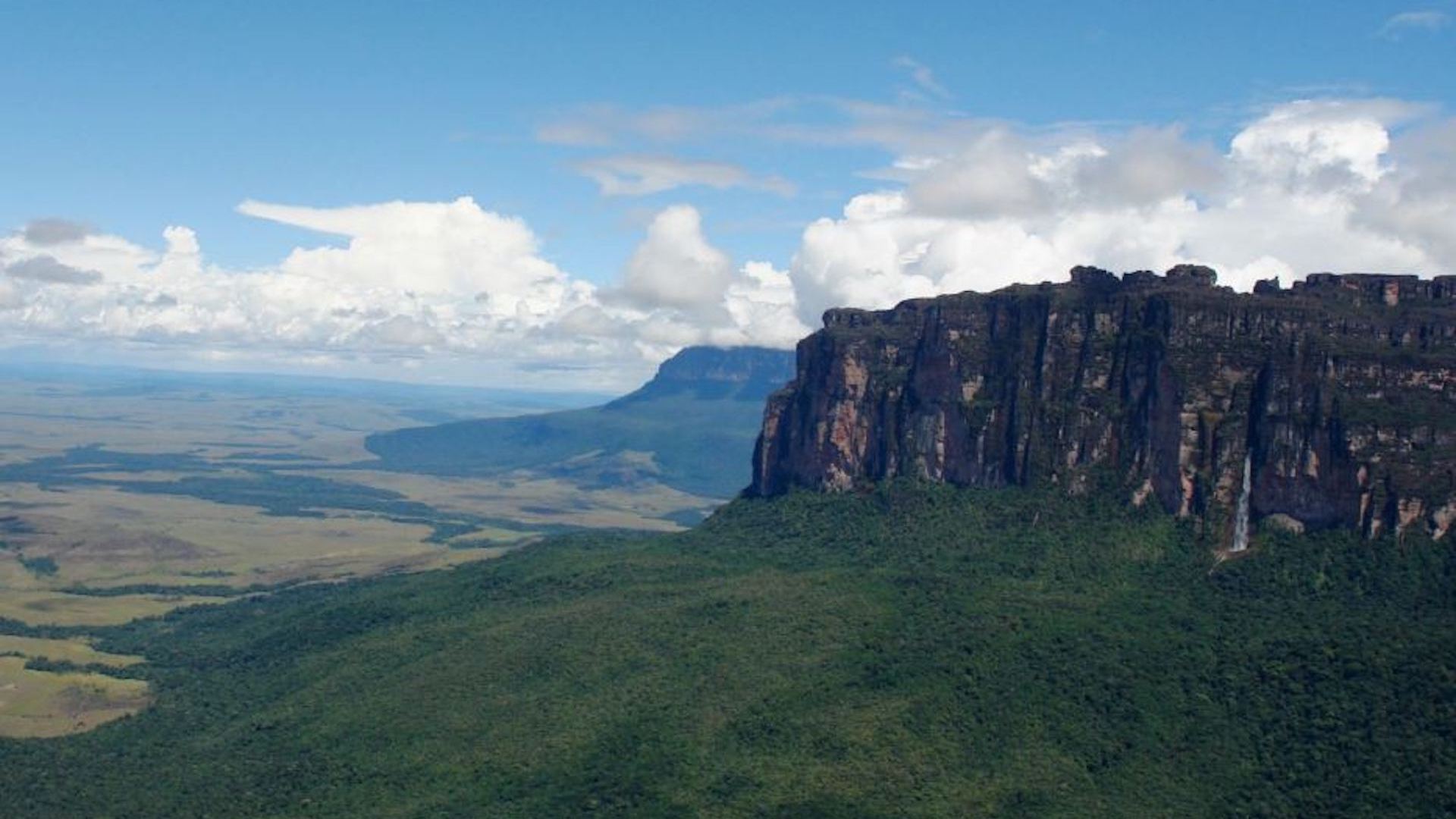
While it's unknown exactly how old the rock art is, similar rock art in Brazil has been dated to around 4,000 years ago. However Pérez-Gómez thinks that the examples in Venezuela may be older.
Canaima National Park is a massive park, about the size of Belgium, that encompasses forests and mountainous terrain. One of its most famous features is Angel Falls, the tallest waterfall on land in the world. The park may have been the "ground zero" where this mysterious culture first developed, Pérez-Gómez said, before later dispersing to places as distant as the Amazon river, the Guianas and even southern Colombia, which have rock art similar to the newly found examples in Venezuela.
Sign up for the Live Science daily newsletter now
Get the world’s most fascinating discoveries delivered straight to your inbox.
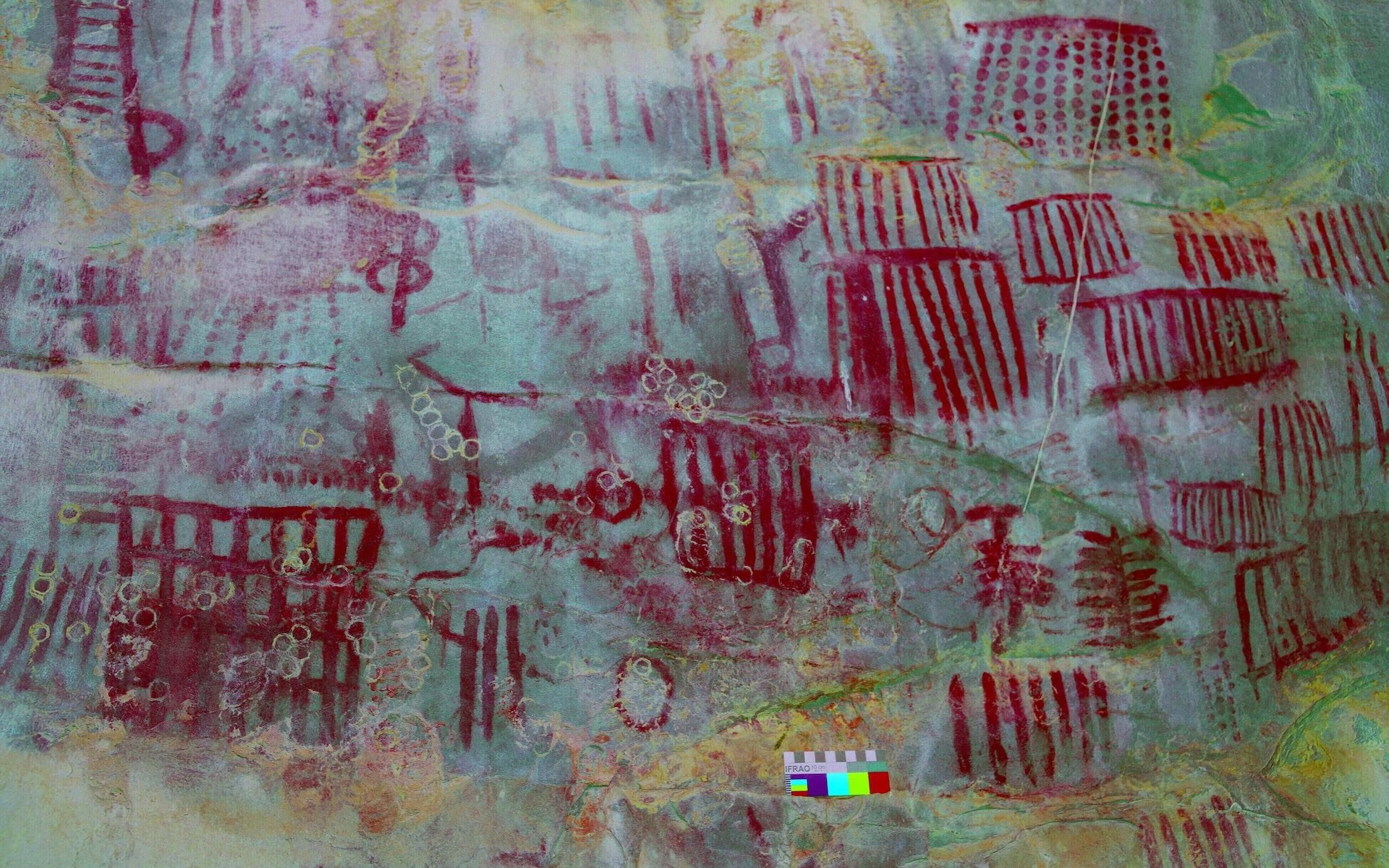
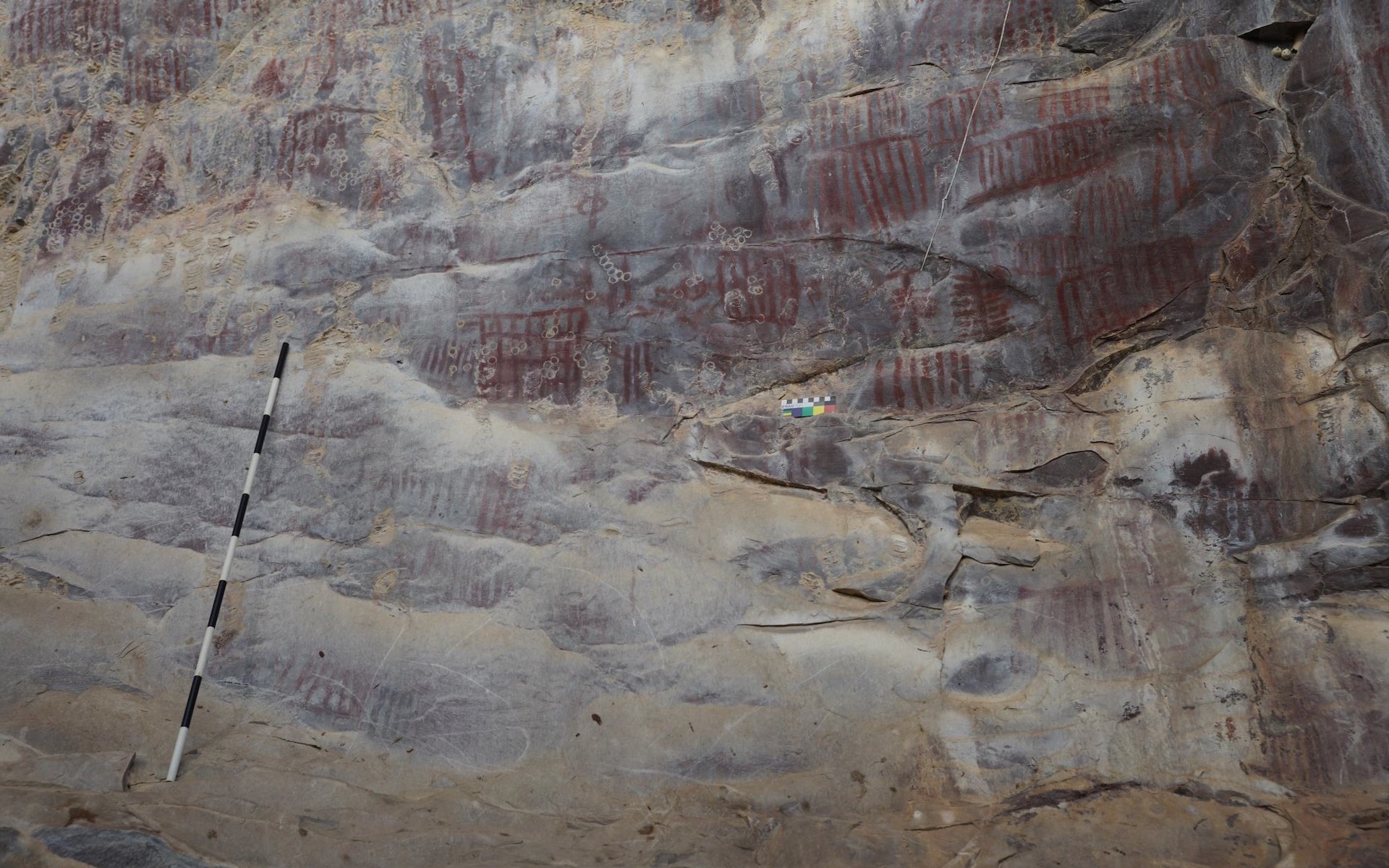
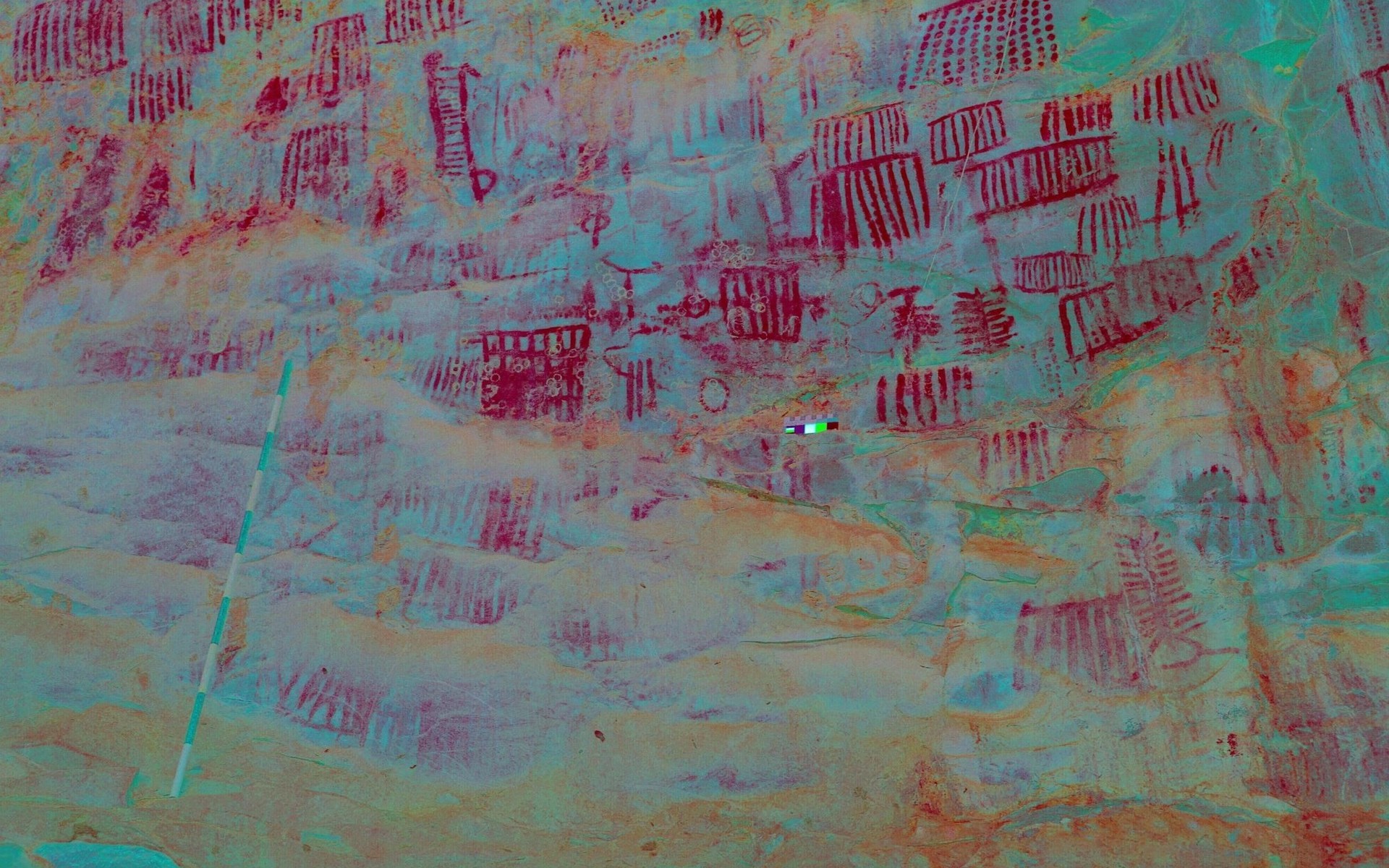
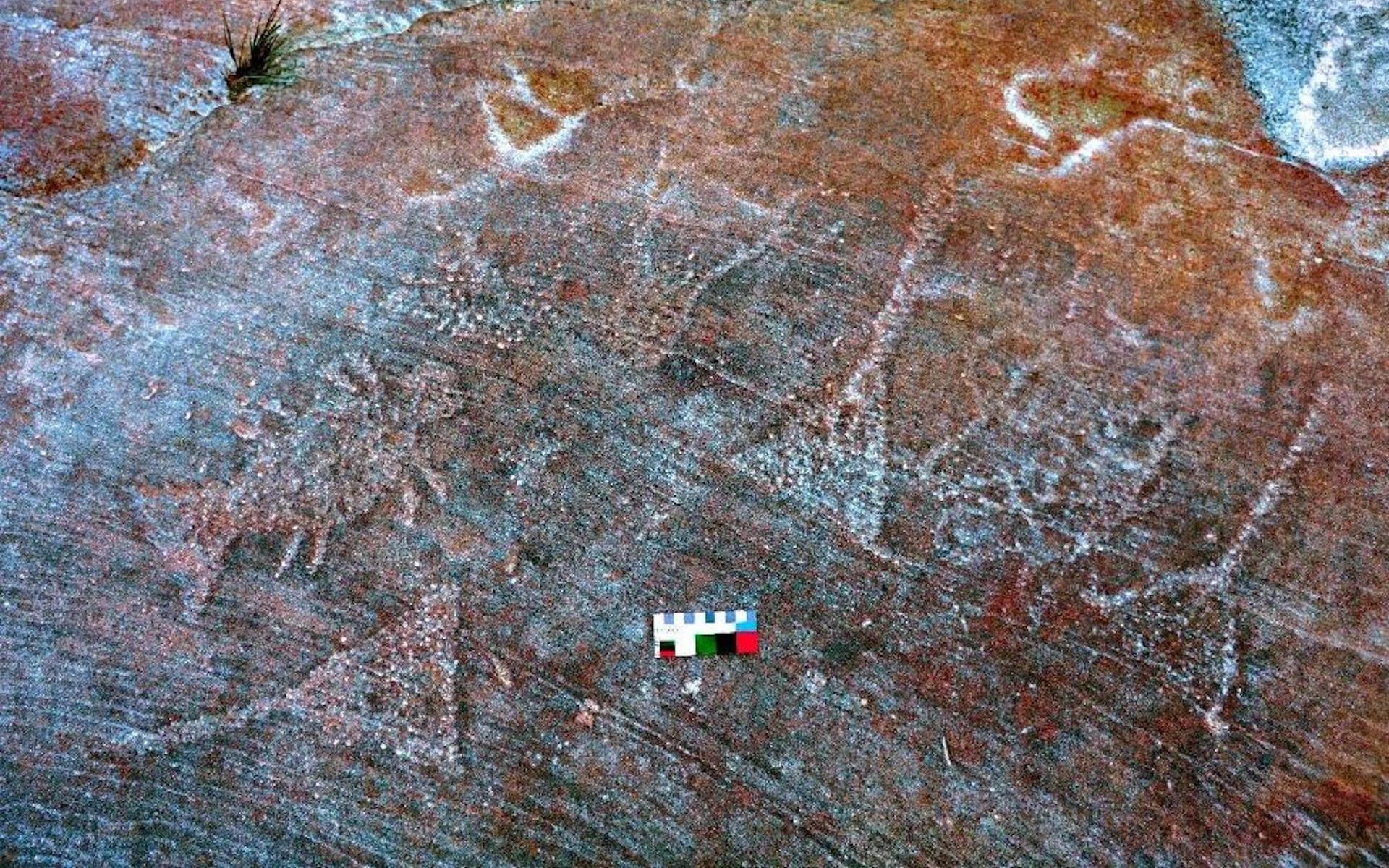
The remains of ceramics and stone tools were also found at the 20 rock art sites and may have been used by the people who created the rock art, however more research needs to be done to say so for sure, Pérez-Gómez said. Additionally, more rock art sites are likely to be found in Canaima National Park as research continues, he noted.
The research was presented at the "New Worlds New Ideas" prehistoric archaeological congress held in Valcamonica, Italy from June 26 to 29. A paper that discussed one of the rock art sites was published in November 2023 in the journal Rock Art Research.
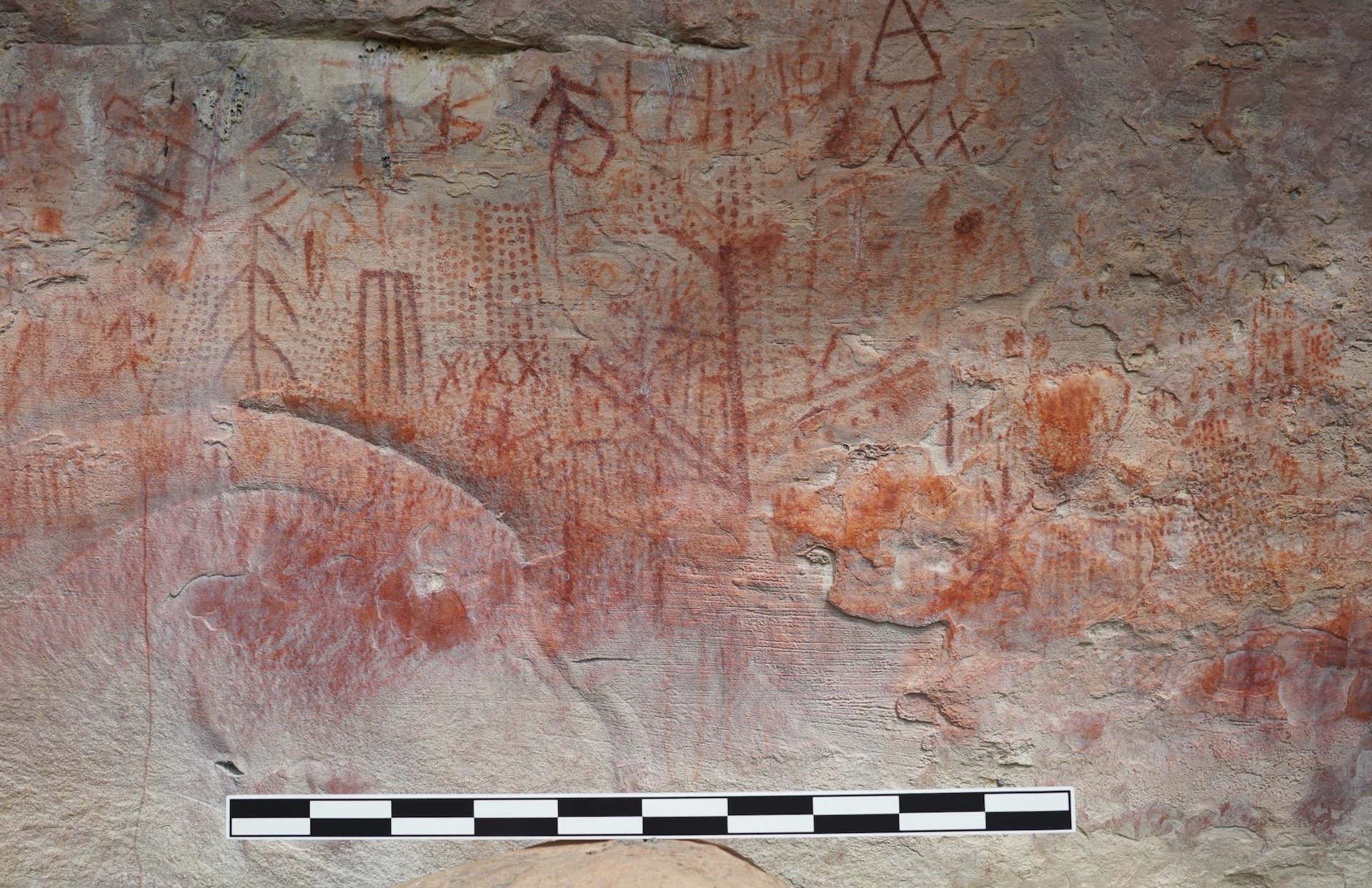
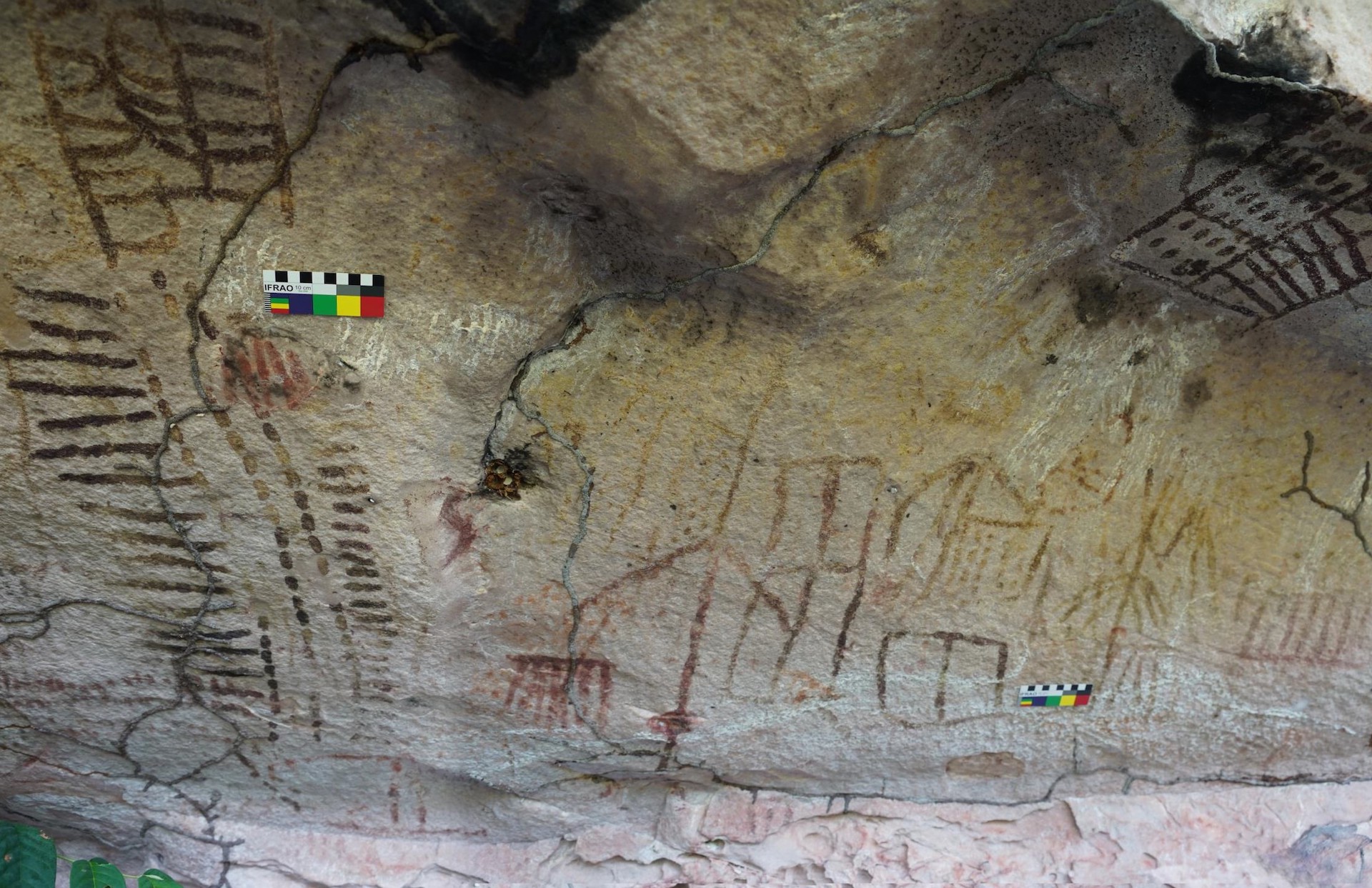
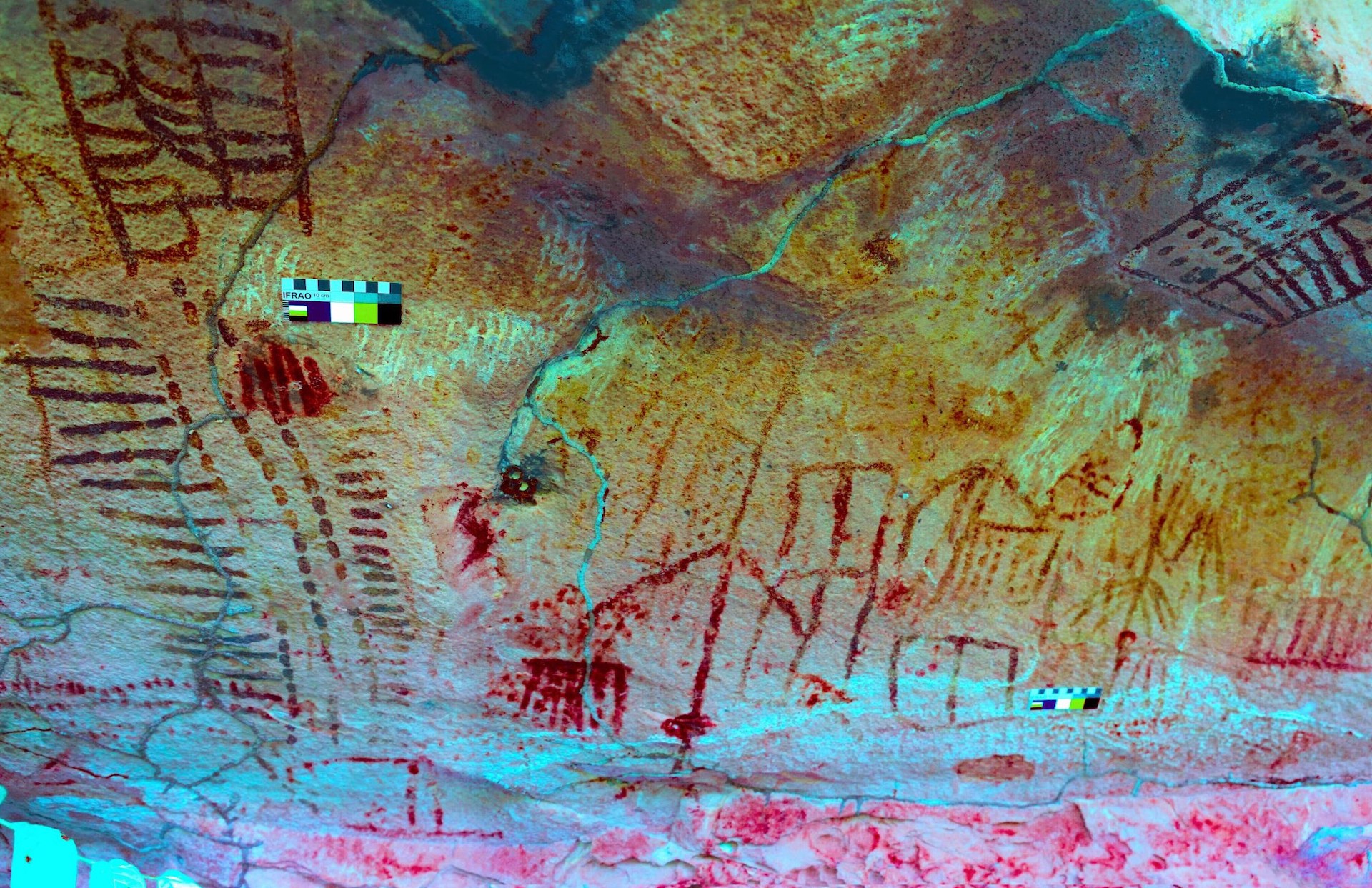

Owen Jarus is a regular contributor to Live Science who writes about archaeology and humans' past. He has also written for The Independent (UK), The Canadian Press (CP) and The Associated Press (AP), among others. Owen has a bachelor of arts degree from the University of Toronto and a journalism degree from Ryerson University.











